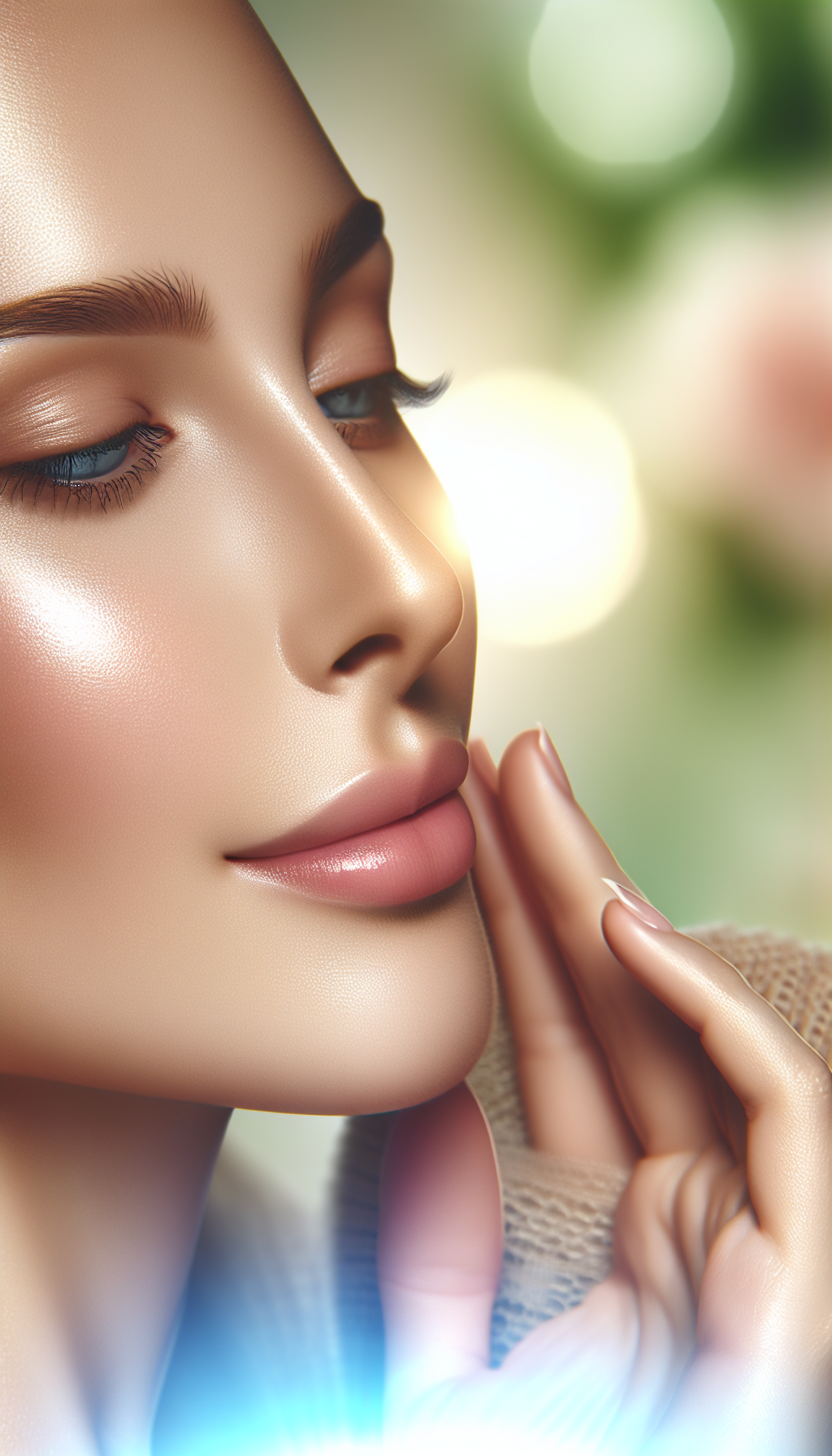The skin, our body’s largest organ, is a remarkable barrier protecting us from external harm. However, it is also highly susceptible to photoaging, the premature aging of the skin caused by repeated exposure to ultraviolet (UV) radiation. Understanding the causes of photoaging and implementing effective solutions to mitigate its effects is crucial for maintaining skin health and vitality. In this comprehensive guide, we will explore the underlying mechanisms of photoaging, practical preventative measures, and the latest advancements in treatment.
The Science of Photoaging
Photoaging is distinct from chronological aging; it is primarily induced by environmental factors, particularly UV radiation from the sun. UV radiation penetrates the skin and causes DNA damage to skin cells, prompting a cascade of biological responses. This includes the production of reactive oxygen species (ROS), which can lead to oxidative stress and the degradation of collagen and elastin, the fibers that maintain skin structure and elasticity.
Prolonged UV exposure also increases the activity of enzymes called matrix metalloproteinases (MMPs), which further break down collagen and impede new collagen synthesis. The cumulative effect of these processes results in the visible signs of photoaging — fine lines, wrinkles, sagging, and uneven skin tone.
For a more detailed understanding of skin health and its intricacies, Skin Health provides a wealth of information on maintaining and nurturing your skin’s natural barrier and appearance.
Preventative Measures
Sun Protection
The cornerstone of preventing photoaging is vigilant sun protection. Broad-spectrum sunscreens with a high SPF are effective in blocking both UVA and UVB rays. It’s essential to apply sunscreen generously and reapply every two hours, or more frequently if swimming or sweating. Wearing protective clothing, such as wide-brimmed hats and long sleeves, and seeking shade during peak sun hours can further reduce UV exposure.
Antioxidants
Incorporating antioxidants into your skincare routine can combat ROS and oxidative stress. Ingredients like vitamin C, vitamin E, and ferulic acid have been shown to provide a defensive shield against environmental damage. Using Antioxidants to Prevent Skin Damage delves into how these potent compounds can fortify your skin against the harmful effects of the sun.
Healthy Lifestyle
Lifestyle choices also play a significant role in preventing photoaging. A diet rich in antioxidants can bolster the skin’s resistance to UV damage. Foods high in vitamins C and E, beta-carotene, and other antioxidants are particularly beneficial. Hydration is equally important; drinking ample water ensures the skin remains supple and can recover from sun exposure more effectively.
Regular Dermatologist Visits
Early detection of skin changes can prevent long-term damage. Regular check-ups with a dermatologist can help identify and address photoaging signs before they become more pronounced. Importance of Regular Dermatologist Visits for Skin Health emphasizes the benefits of professional skin evaluations and how they contribute to overall skin wellness.
Advanced Treatment Options
When prevention is not enough, there are several treatments available to address the signs of photoaging.
Topical Retinoids
Retinoids, derivatives of vitamin A, are widely recognized for their ability to reduce wrinkles and hyperpigmentation. They work by promoting skin cell turnover and stimulating collagen production. For insights into the latest developments in these treatments, Breakthroughs in Topical Treatments for Skin Rejuvenation provides a closer look at innovative approaches to skin renewal.
Laser Therapy
Laser and intense pulsed light (IPL) therapies target damaged skin cells and stimulate collagen production. These treatments can improve skin texture and reduce the appearance of age spots and broken capillaries. A study published in the Journal of Clinical and Aesthetic Dermatology supports the efficacy of fractional lasers in treating photoaging.
Chemical Peels
Chemical peels involve applying a solution to the skin that causes the top layers to peel away, revealing fresher, less damaged skin underneath. The depth of the peel can vary, allowing treatment to be customized to the individual’s needs and the extent of photoaging.
Microneedling
Microneedling creates controlled micro-injuries to the skin, prompting a natural healing response that includes new collagen formation. A niche resource from the American Academy of Dermatology suggests that when combined with topical treatments, microneedling can enhance the absorption and effectiveness of anti-aging products.
Cosmetic Fillers
Fillers can restore lost volume and smooth out wrinkles by injecting substances like hyaluronic acid directly into the skin. Research from the American Society of Plastic Surgeons indicates a growing trend in using fillers for non-invasive facial rejuvenation.
Conclusion
The battle against photoaging is multifaceted, combining diligent protective measures with advanced treatment options. By understanding the causes and implementing a comprehensive skincare routine, individuals can significantly reduce the effects of UV radiation on their skin. For those already experiencing signs of photoaging, there is a range of effective medical and cosmetic procedures that can restore skin’s youthful appearance.
By prioritizing skin health and staying informed on the latest in skincare science, we can all enjoy a radiant, youthful complexion for years to come.
For further reading on skin health and related topics, visit the following niche resources:
- The Skin Cancer Foundation for comprehensive guides on sun protection and skin cancer prevention.
- The National Institute on Aging for information on skin aging and overall wellness as we age.
- The American Academy of Dermatology for expert advice on skin care and treatment options.



